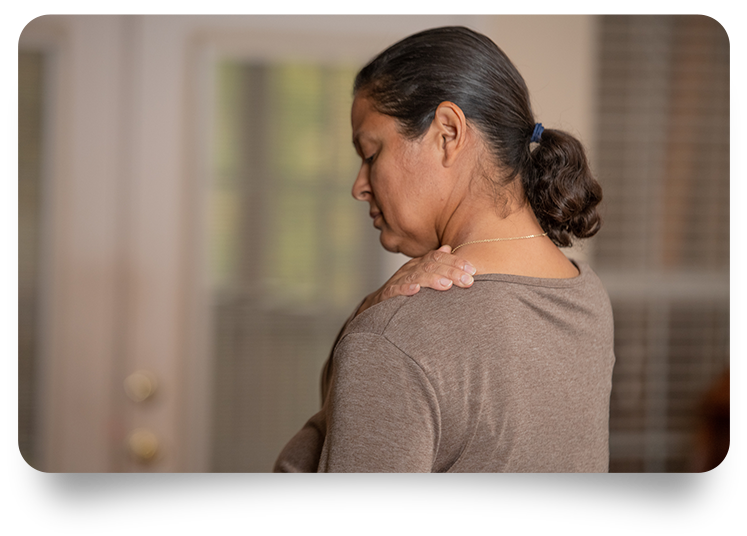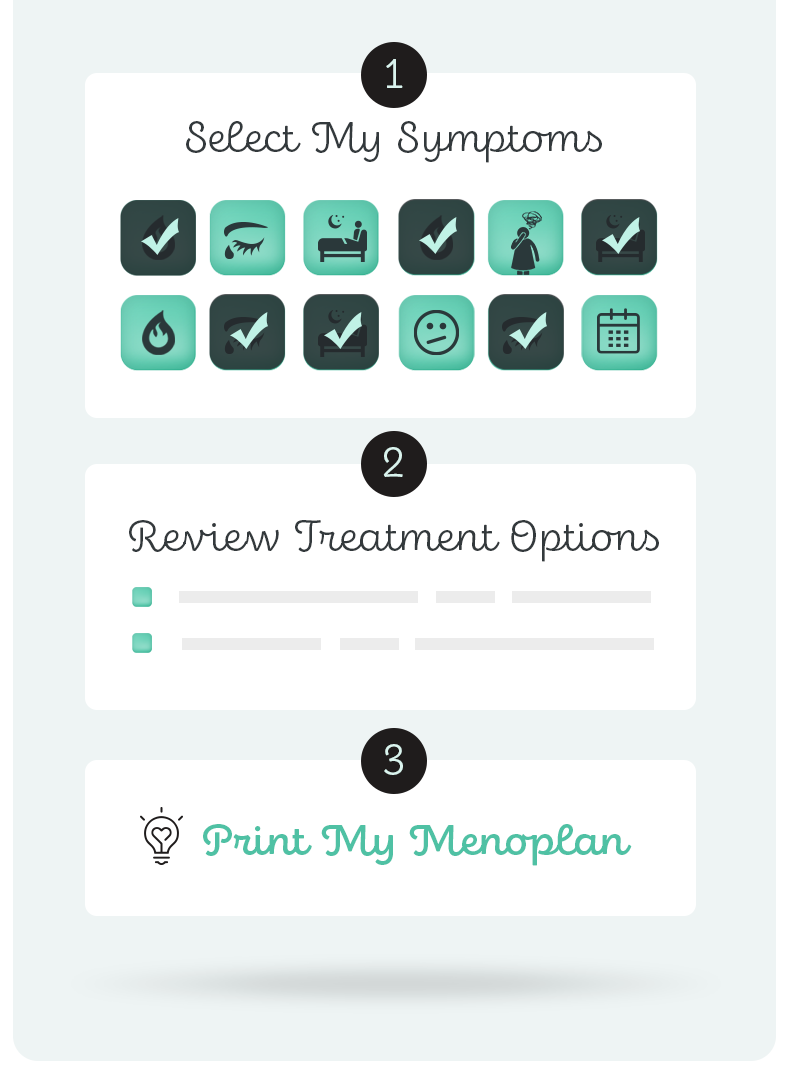Treatments
TALK WITH YOUR DOCTOR OR A PHYSICAL THERAPIST
If the pain is chronic you should talk with your doctor. Pain is considered chronic if it lasts for more than 12 weeks.
Your doctor may be able to determine the cause of the pain and recommend specific treatments. The fact that some medications may cause pain is another reason to see your doctor.
It’s normal to start with your primary care doctor. He or she may recommend that you consult a specialist, such as a physical therapists, physiatrist (a doctor specializing in physical medicine and rehabilitation), chiropractor, or orthopedist.
THINGS YOU CAN TRY ON YOUR OWN
- If the pain is new and a specific area is injured consider RICE:
- Rest: Rest the area where you are having the pain
- ICE: Using ice for 20 minutes several times a day may help relieve pain and decrease inflammation. If icing doesn’t help, on the second day try heat, or alternating ice and heat. See what works for you.
- Elevate: If the pain is due to an acute injury elevating the area can help reduce swelling.
- Over the counter pain relievers: can be helpful.
- Stretch: Gentle stretching can sometimes help. Regular stretching may help prevent some future aches and pains. Most yoga forms involve gentle stretching.
- Analyze your posture and body positions when sleeping, sitting, relaxing, walking, and exercising. Is there a position that is straining your muscles or putting too much pressure on your joints?
- Avoid heavy lifting: Don’t over stress the muscles that are hurting.
- Warm up before strenuous exercise: Walk before running. Get your blood flowing.
THERAPIES BY TYPE OF PAIN
A state-of-the-art review of non-drug treatments for pain was conducted for the National Institutes of Health in 2018. The studies examined all adults, so was not specific to women in perimenopause or menopause. We are including it here in case it can help you.
Improvements in pain levels or function (e.g. being able to use walk without pain) were small. There’s little research to know how long the effects will last, and they may be short-term. Interventions need to be done for at least a month.
- Chronic low back pain: Exercise, psychological therapies ( primarily cognitive behavioral therapy, spinal manipulation, low-level laser therapy, massage, mindfulness-based stress reduction, yoga, acupuncture, multidisciplinary rehabilitation (MDR).
- Chronic neck pain: Exercise, low-level laser, Alexander Technique, acupuncture.
- Knee osteoarthritis: Exercise, ultrasound.
- Hip osteoarthritis: Exercise, manual therapies.
- Fibromyalgia: Exercise, CBT, myofascial release massage, tai chi, qigong, acupuncture, MDR.
- Chronic tension headache: Spinal manipulation.
OUR BOTTOM LINE: DOES IT HELP?
SOMETIMES. Pain is tricky. Treating it depends in part on the cause, and we still don’t know much about menopause-related pain. RICE and gentle stretching are worth trying to treat new minor aches and pains yourself. Prevent new injuries by stretching, monitoring your posture, avoiding heavy lifting, and warming up before strenuous exercise. Consider the treatment options for specific chronic pains.

ACHES AND PAINS
POTENTIAL RISKS & SIDE EFFECTS
The RICE technique is not risky. Overuse – putting additional stress on muscles that are trying to heal – can make it worse. When you alter your gait or posture because of pain, it can cause new problems with other muscles down the line. Stretching should be gentle, and you should continue to breath. Avoid sudden movements or bouncing to force yourself into a stretched position, since this can tear muscles or tendons.
The 2018 review stated that there were few risks associated with the non-medical therapies.
QUALITY OF LIFE EXPECTATIONS
No doubt about it. Ridding yourself of pain will improve your quality of life.
IF I WANT TO TRY THIS TREATMENT WHAT ARE MY NEXT STEPS?
Try the RICE techniques on your own. Many aches and pains clear up on their own in a few days. Consult a doctor if the pain is chronic, severe, or seriously hinders everyday life. If you have any of the particular pains mentioned above, consider the non-medical therapies that may help you.
To prevent future pain, try gentle stretching, yoga, and avoiding heavy lifting. Check your posture so that you don’t put undue stress on your joints, including while you sleep.
Skelly AC, Chou R, Dettori JR, Turner JA, Friedly JL, Rundell SD, Fu R, Brodt ED, Wasson N, Winter C, Ferguson AJR. Noninvasive Nonpharmacological Treatment for Chronic Pain: A Systematic Review. Comparative Effectiveness Review No. 209. AHRQ Publication No 18-EHC013-EF. Rockville, MD: Agency for Healthcare Research and Quality; June 2018.
Authors: Dr. Katherine Newton, & Dr. Leslie Snyder. Last reviewed February 15, 2021



